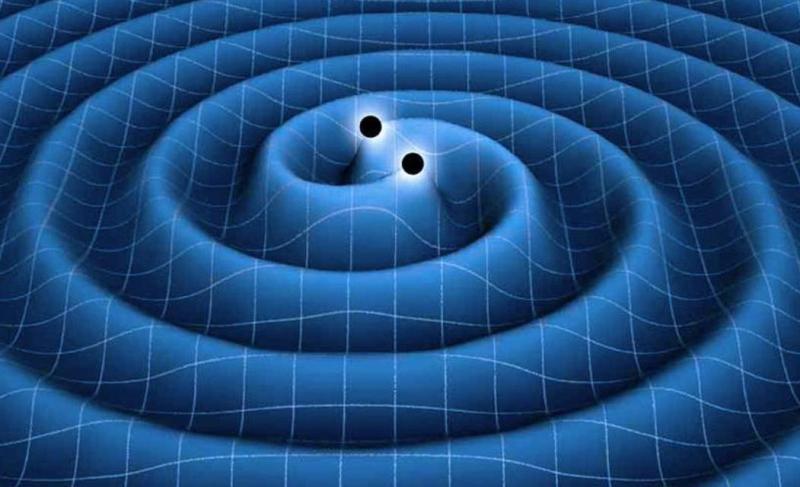Gravitational waves



This is a lecture by Professor Lawrence Krauss at the National Technical University of Ukraine "Igor Sikorsky Kyiv Polytechnic Institute" in November, 2018.
It is long but well worth it since Professor Krauss is talking about one of the most recent major empirical findings in science - the detection of a gravitational wave.
What is so amazing about this is that gravitational waves are waves in the fabric of spacetime. Accordingly, a gravitational wave is a distortion of spacetime — dimensions fluctuate. But gravitational waves are incredibly weak. To detect a gravitational wave requires measuring a change in length that is less than a fraction of the size of a proton. To compound the challenge, this must be done while being bombarded with interference (lots of noise) from reality.


Comment
Hello
New Comment
Hello
Comment for the 27th